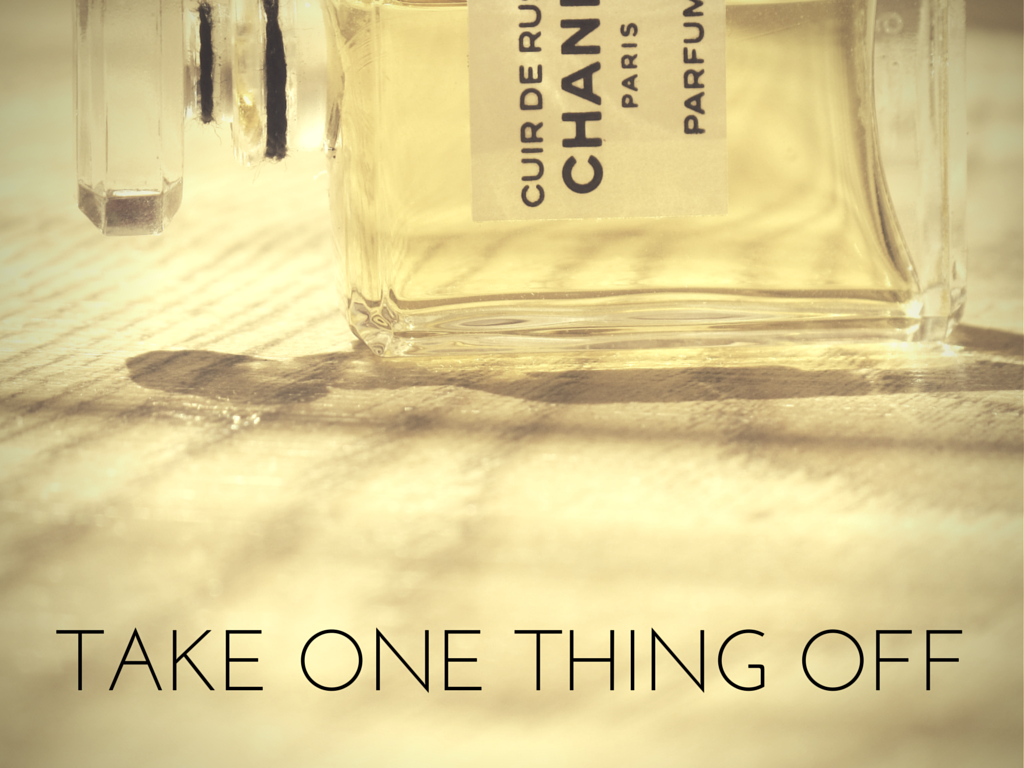Guerlain Nahema is a perfume that I am struggling to wrap my head around. Part of the problem is that it smells nothing like the image I had built up in my head based on descriptors used over and over in the many reviews on this famous perfume, words like “lush”, “honeyed”, “sexy”, and “bombastic”. On my skin, it reads as a pale, vegetal rose choked back by a bush of oily green thorns and the pale green talc of hyacinth. In fact, it bears more than a passing resemblance to the spicy, resinous green floral of Chamade than to other perfumes in the fruity, oriental rose category such as Amouage’s Lyric Woman.
My first impression was not favorable. But I persisted, knowing that some of the classic Guerlains can take years of testing before truly understanding and loving the perfume. After weeks of sustained testing from my decant, I began to notice an interesting thing – Nahema comes alive as a rose only in its far sillage. I sprayed some on as a mid-course refresher during a family lunch, and my niece nearly swooned. “What do you smell?” I asked her. “Roses, big red roses, and maybe some fruit?”, she replied, “Definitely spices too. Oh, it is so beautiful!”
Ever since then, I’ve wondered if I am hunting the mystical rose in Nahema the same way I hunted for Mitsouko’s peach for a whole year – that is, in completely the wrong way, with my nose pressed anxiously against my wrist, like a detective looking so hard for a clue that he fails to notice the obvious. Perhaps Nahema’s rose just needs some room to breathe and unfold into being, on her own time. It’s funny, but I expected Nahema to be simpler than Mitsouko, which it is, but I hadn’t expected the main advertised note to be so damn elusive.
As always with Guerlain classics, the concentration and the vintage of the version one is testing tend to differ wildly. This certainly holds true for Nahema. I have a small decant of the 1980’s Parfum de Toilette and a 2ml bottle of the pure parfum (modern, I believe). The Parfum de Toilette is green, tart, and strident all the way through, and recalls Chamade more than anything else. Here and there in the PDT, I do catch whiffs of a pale, chalky rose and some fruit, but on the whole, it is not particularly inviting.
The pure parfum is much better, and presents itself as an exuberantly fruity, winey, almost decaying rose and peach or passion fruit combination. However, it lacks the bombastic punch I had been expecting of a perfume so stuffed with different varieties of rose oils that Thierry Wasser of Guerlain thinks that if IFRA caught wind of it, it would be immediately deemed a “Weapon of Mass Destruction”. Neither the pure parfum nor the PDT give me any hint of the famous red rose dripping in honey and fruit that I’d read so much about, and longed for.
Layered, the pure parfum and the Parfum de Toilette do eventually come together to provide an image of a rose – the green talc of the poisonous hyacinth suggesting the thorns, the rotting fruit and wine of the pure parfum suggesting the petals. Luca Turin said of Nahema in the Guide that it is too complex to analyze, and that the first few minutes are like “an explosion played in reverse: a hundred disparate, torn shreds of fragrance propelled by a fierce, accelerating vortex to coalesce into a perfect form that you fancy would then walk towards you, smiling as if nothing had happened.” Reading his words, I long for his experience of Nahema, because I wanted it to be mine too – but I simply can’t match it to the polite, muted, oddly sour mixed green floral I am smelling.


